 Why Planned Preventative Maintenance (Ppm) Saves Money And Ensures Compliance
Why Planned Preventative Maintenance (Ppm) Saves Money And Ensures Compliance

Why Is Planned Preventative Maintenance the Competitive Edge Every Property Owner Needs?
Planned Preventative Maintenance (PPM) is not just a “nice to have”—it’s the lever that separates property portfolios running on chaos and hope from those that nail cost control and compliance on autopilot. When you run a building, you’re either in control or you’re in defence mode. Every missed service, forgotten certificate, or sticky lock is a silent price tag—waiting for its moment to explode into cost, reputation, or operational risk. Smart owners and facilities managers don’t gamble. They direct the game.
“Most property headaches are preventable—the painful ones always broadcast a warning, if you listen early enough.”
The goal isn’t paperwork for its own sake. It’s turning small, routine investments—strategic fixes, scheduled audits—into a shield against the three biggest threats in property: unexpected costs, legal penalties, and eroded trust. PPM is the practical toolkit you use to stay steps ahead, no matter how turbulent the compliance climate gets or how many tenants, sites, or systems you juggle. If you want to be seen as a proactive leader—not someone always apologising to inspectors, regulators, or insurers—make preventative maintenance your trademark.
Is PPM Really That Different From Just “Fixing Problems As They Happen”?
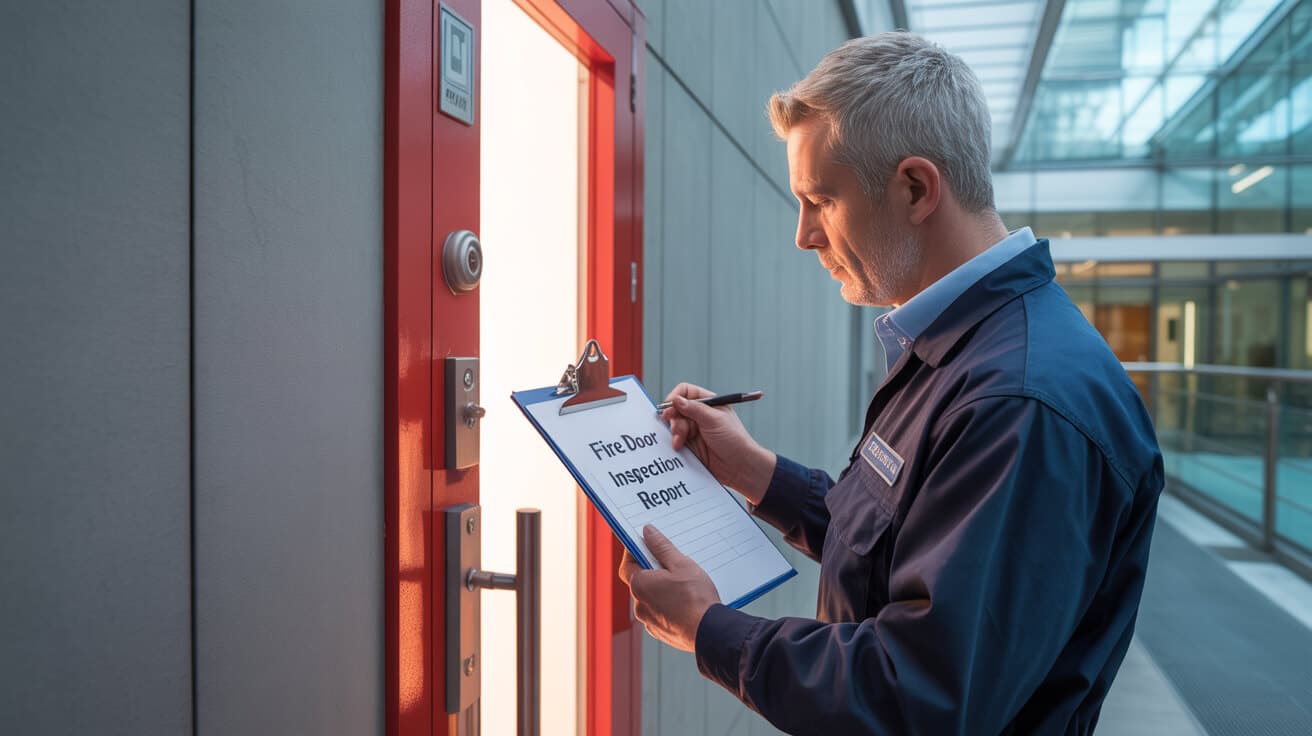
Let’s hit this head-on. You can chase emergencies—or you can engineer calm. Traditional “break and fix” thinking baits you into endless urgent calls, spiking invoices, and frustrated tenants. PPM is the flip-side: it’s about wrestling control back, building your reputation, and guaranteeing peace of mind—before things unravel.
The Economics of Proactive vs. Reactive Maintenance
- Proactive (PPM): Your cashflow is predictable, certificates stay current, and problem areas rarely hit boiling point. You’re always ready for an audit, and costly surprises become rare.
- Reactive (Firefighting): Repairs always cost more in a panic. Response fees go up, choice of contractor narrows, and downtime hits from three angles—tenant complaints, compliance risk, and lost productivity.
What Does This Look Like in Practice?
An owner relying on PPM schedules annual EICR checks, six-monthly fire alarm tests, and tracks it all in digital logs. A reactive owner gets the same reminders by email—but only calls for help after a tenant reports a blackout or the insurance company threatens non-renewal.
“Emergency maintenance is always more expensive than a planned fix—and that’s before you add in disruption and lost trust.” *(MRi Software, 2022)*
People think cutting corners saves cash. The truth is, every skipped check or late service quietly builds a debt that gets paid—with interest—when you least want it.
What’s Actually On a Robust PPM Checklist, and Does It Change By Site?
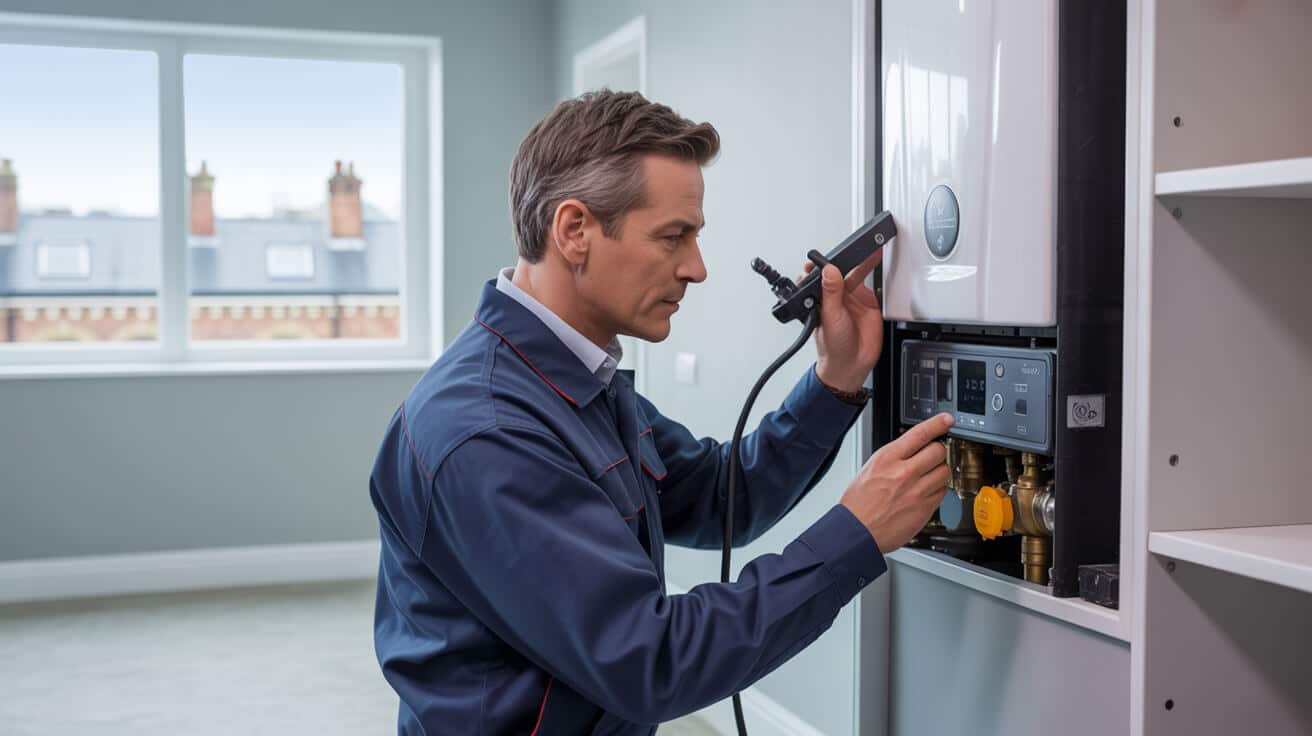
The best PPM isn’t generic. It’s laser-focused on two things: what can go wrong (and cost you most), and what the law says you must do. Generic plans are a myth. Real value is built from a sharp inventory—tuning your roadmap to the property’s needs, systems, age, and legal obligations.
Non-Negotiables in a PPM Programme
- Asset Inventory:
List every core system: heating, electrics, fire alarms, lifts, security, drainage, roofing, exterior lighting. This gives you a map of risk and compliance exposures.
- Service Intervals:
Schedule legal and manufacturer-driven checks. For UK law, think:
– EICR/fixed-wire (every 5 years commercial; more often in residential blocks)
– boiler/gas safety (every year)
– PAT testing (annual)
– Fire safety checks (weekly to quarterly)
- Environmental & Fabric Checks:
Walk the perimeter, drain gullies, inspect roofs, test all window locks, clear gutters, and log any signs of water ingress.
Record-Keeping Amplifies Everything
- Every check is logged with photos, digital signatures, and time-stamps.
- Software or cloud records mean you can show proof within seconds if an insurer, tenant, or auditor asks.
Most failures come from little things that never seem urgent—until they cost you thousands.
You wouldn’t wait until a car’s brakes gave out to have them checked. The stakes are even higher with property assets where lives, livelihoods, and big investments are on the line.
How Does PPM Put Money Back Into Your Budget and What Are The Hidden Losses If You Ignore It?
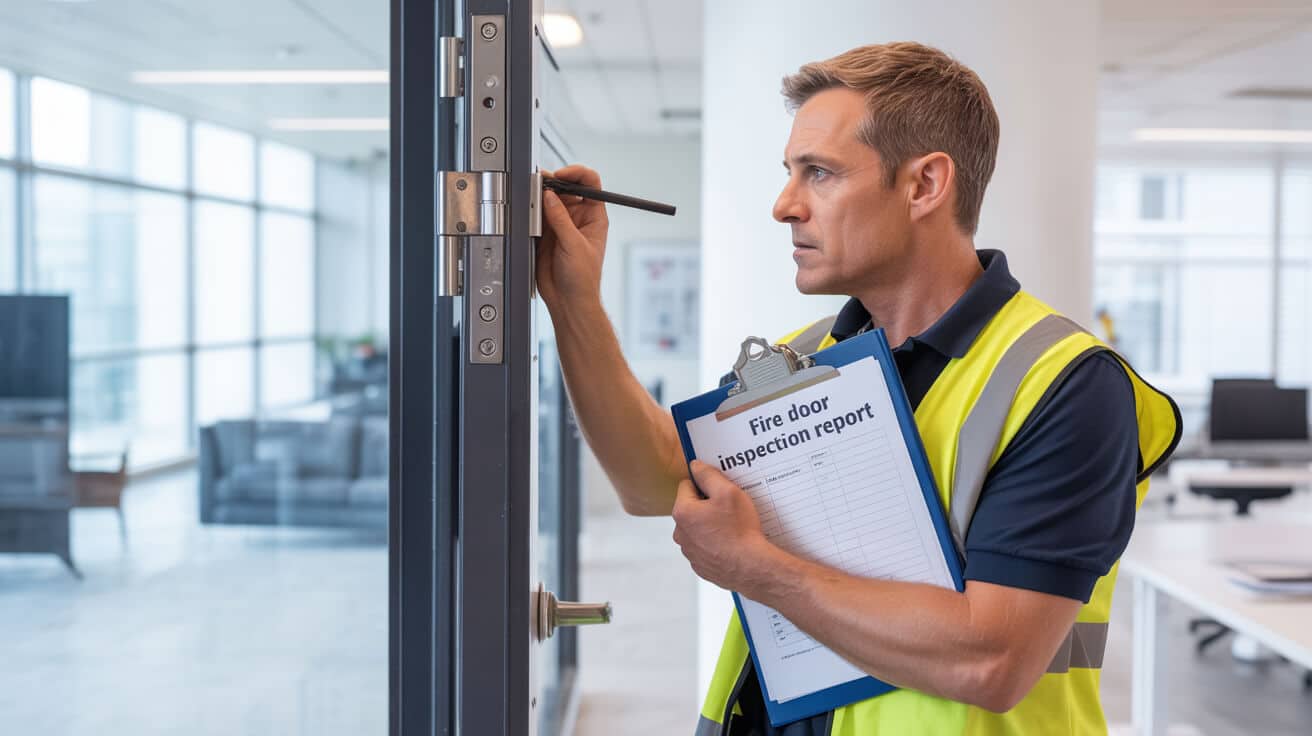
Every pound spent on planned maintenance is a pound that gets multiplied. Neglect isn’t just a personal expense—it compounds as missed rent, insurance hikes, or fines. The real question isn’t whether PPM costs money; it’s how much it saves when compared to the actual tab you get handed by avoidable chaos.
Eliminate the Costliest Surprises
- No premium “emergency fees”: —work is booked at standard rates, not at 2am via a “single trade” specialist invoice.
- Energy bills shrink: —a poorly-serviced boiler or AC unit can ramp up bills by 10-20% (Historic England: “Neglected systems cost more day-to-day”).
- Your insurance claims don’t trip at the paperwork hurdle: —insurers *love* to find missing logs to deny payouts.
- Reputation with tenants and clients soars: when you beat problems to the punch, not after-the-fact apology tours.
“routine maintenance…is the leading factor in both cost control and risk mitigation for managed assets.” *(i-property.com/maintenance-strategies, 2023)*
Skipping routine care isn’t a valid cost-saving strategy. It’s a deferred bill—delivered with penalties.
Which UK Regulations Demand Evidence, Not Excuses, and How Does PPM Save You From Non-Compliance?
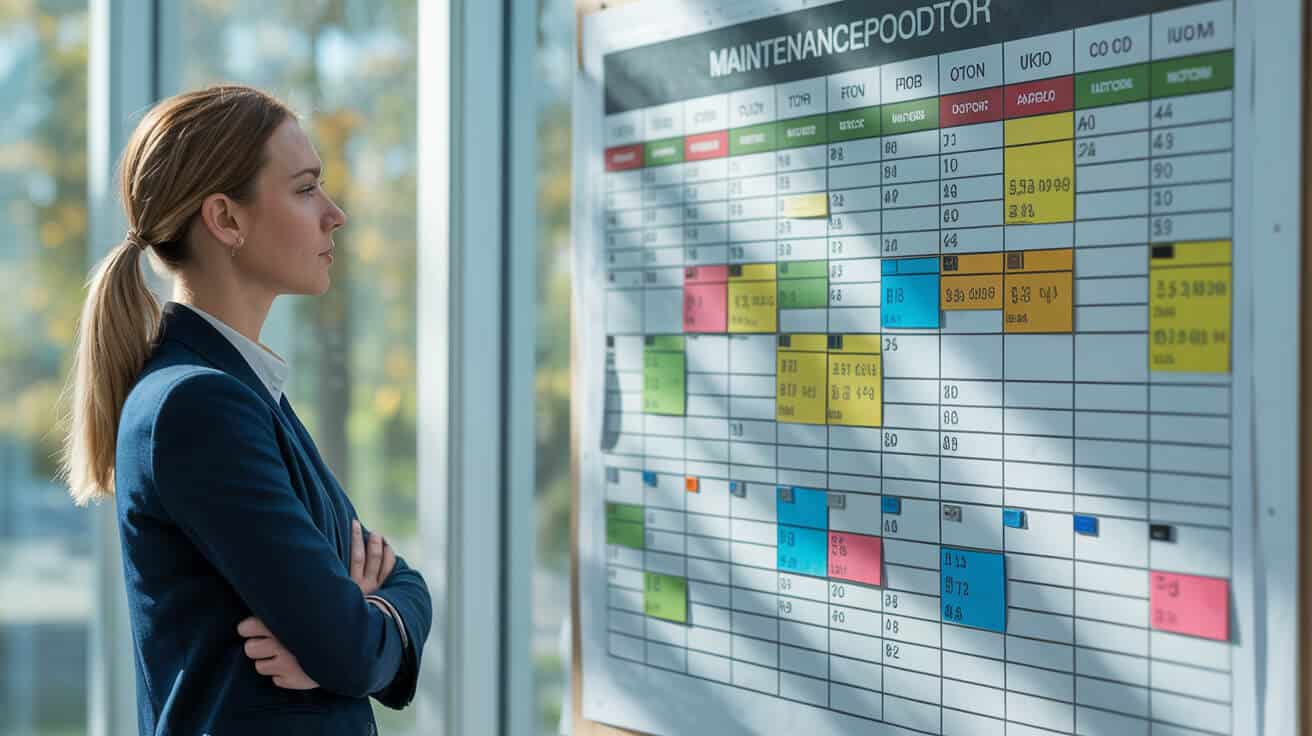
UK law doesn’t reward good intentions. “I thought it was okay” is not a defence when the HSE, fire brigade, or local authority turns up. PPM is what turns you from a legal risk into a model operator—always with receipts.
The Obligations You Can’t Outsmart
- Health and Safety at Work Act (1974):
You’re legally required to keep systems “safe and in good repair.” Criminal penalties apply for breaches.
- Provision and Use of Work Equipment Regs (PUWER 1998):
All plant, lifts, and powered doors must have up-to-date maintenance logs and risk assessments (HSE.gov.uk).
- BS7671 (Electrical):
Commercial and block landlords must provide current EICR certificates on demand, typically every 5 years or sooner for specials sites.
- Fire Safety Order 2005:
If a regulator finds a missing log or gap in your fire alarm/evacuation system, fines (or criminal exposure) follow fast.
Fail once and insurers might raise annual premiums—or refuse to pay out if a disaster occurs. Prove your diligence with photo-backed logs, certificates signed by Gas Safe or NICEIC, and digital registries that never “get lost in the office move.”
“PUWER requires work equipment to be maintained efficiently…Regular inspections and maintenance are essential.” *(hse.gov.uk/maintenance.htm)*
Compliance isn’t just a box-tick—it’s your shield when accidents, civil claims, or audits hit.
Which Systems Drive the Highest ROI From Proactive Maintenance? (The 80/20 for Building Safety and Budget)
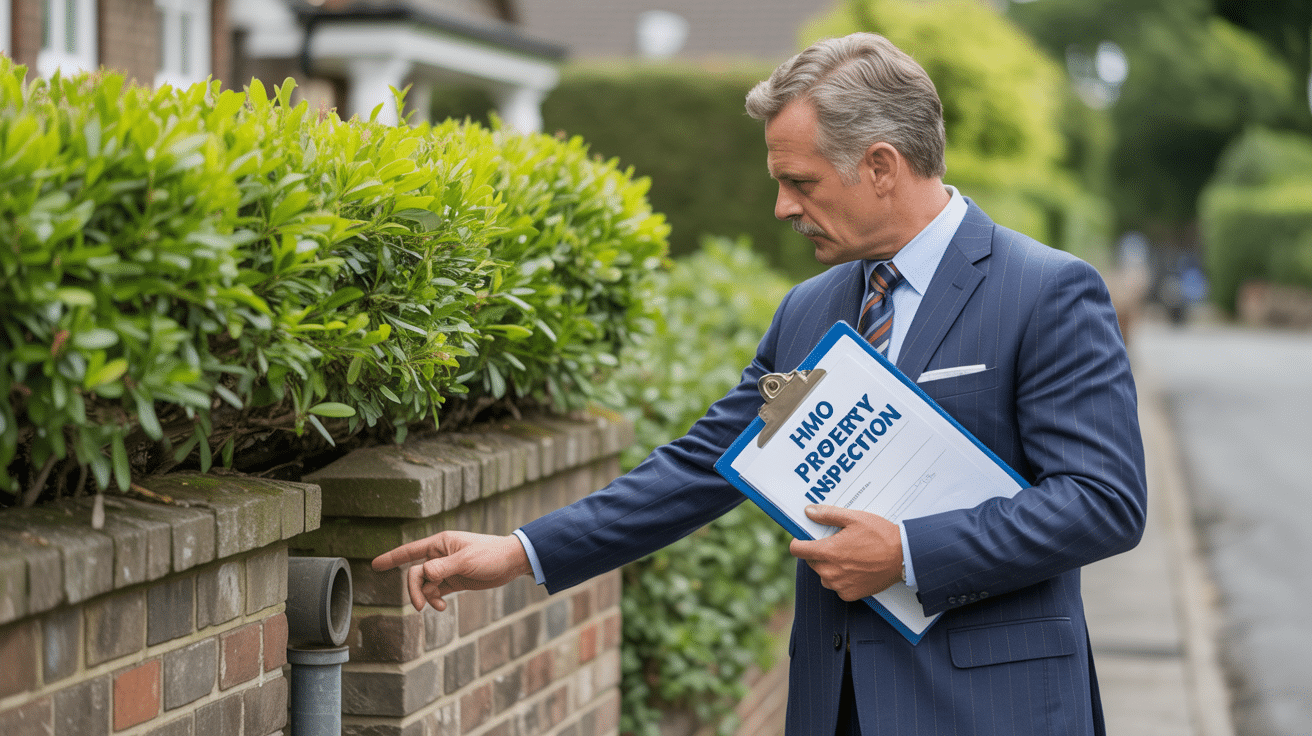
Not every asset delivers equal bang-for-buck with PPM. Focusing on priority systems turns every pound spent into ten pounds of risk avoided and reputation boosted. Get these right and everything else gets easier.
Top ROI Assets—and Why You Can’t Neglect Them
| System | Hidden Risks When Ignored | Recommended Frequency |
|---|---|---|
| Boilers/HVAC | Higher bills, breakdown | Quarterly/Annually |
| Fire Safety | Penalties, injury risk | Weekly/Monthly/Annually |
| Electrics | Fire, downtime, large fines | Annually/EICR every 5 years |
| Roof/Gutters | water damage, heat loss | Biannual/Seasonal |
| Lifts/Access | Public liability, outage | Quarterly/Annually |
| Plumbing | Leaks, health hazards | Semi-Annually/Annually |
A detailed schedule needs to fit your precise site and risk grading. Manufacturer and legal frequencies always trump opinions.
You can’t always prevent the unpredictable, but you can outsmart the obvious. Skipping core system checks risks both budget and brand, while proactive scheduling buys you calm—and future cost savings.
What Does “Audit-Proof” Actually Look Like, and How Do You Make Sure You’re Ready?

Being “audit-ready” isn’t about pointing to a ring-binder labelled “Maintenance.” It’s about instant, irrefutable evidence—going beyond intent to iron-clad proof.
Five Moves to a Foolproof Audit Trail
- Service records signed by certified professionals.:
– Gas Safe, NICEIC, BAFE, and equivalents sign off every routine and fix.
- Digital-first logs.:
– Every job is time-stamped, photo-backed, retrievable in seconds for a surprise inspection.
- Asset registers that make sense.:
– You should be able to list every system, its status, and past issues without stalling or bluffing.
- Transparent defect tracking and close-out.:
– Issues get fixed, logged, and signed off; nothing sits dormant waiting for the next audit panic.
- Test your system with annual or spot mock audits.:
– If holes show, patch processes—don’t wait for a regulator or claim to surface the cracks.
Evidence of ongoing compliance strengthens audit outcomes and accelerates claim resolution. *(assethandling.com/legislative-requirements-in-maintenance, 2023)*
Audit stress fades when you operate as though every day could be a spot-check—because your system already is airtight.
Want to Launch or Upgrade PPM with Maximum Impact? Here’s the Pro’s Playbook.

If you want the PPM advantage, it’s more than sending reminders. The best-run properties, the ones with the lowest incident rates and smoothest audits, standardise six core moves.
Six Steps to a PPM That Works (Not Just Another Checklist on the Wall)
- Inventory & Compliance Scan:
Map every asset; link each to its legal or risk driver. - Risk Prioritisation:
Triage your assets. Lifts see more use than roof flashings. Double-check frequency on high-usage, high-impact kit. - Automated Scheduling:
Use digital platforms— they don’t forget birthdays or compliance anniversaries. - Job-by-Job Proof:
Time-stamped, media-backed service events prove action, not just intent. - Routine Audits & Continuous Feedback:
Run annual “stress tests” and tidy up gaps—never let patchwork pile up. - Iterate Relentlessly:
What worked this cycle? Where did problems hide? Tune intervals, swap parts to longer-life, upgrade where necessary.
Owning the feedback loop is owning the reputation and cost savings. “Fix it and forget it” is a myth; property portfolios live or die on relentless small improvements.
What Does World-Class PPM Look (and Feel) Like With All Services 4U?
Here’s how the best operators use property maintenance—as a status symbol, an audit fail-safe, and a budget defence. With All Services 4U, you get multi-trade mastery, compliance-first processes, and a digital audit trail that’s as clear as your intent. You can walk into any inspection, executive meeting, or tenant handover with proof, not promises.
What separates compliant, risk-proofed building portfolios isn’t just fixing what’s broken, but constantly proving the value—and investment—in every completed task.
- Transparent onboarding and custom schedules: remove the confusion about “what’s next” or “who’s at fault.”
- Trade coordination at one source: —no contractor tennis, no lost hand-overs, every trade (carpentry, electrics, plumbing, fire safety, roofing) lined up and quality-controlled.
- Every record, image, and sign-off lives in the cloud: —you’re audit bulletproof, with time-stamped evidence, always at your fingertips.
- Pricing and contracts align with actual building risk, not a generic estimate: —so you keep control, and can demonstrate ROI, not just sunk cost.
Reliable maintenance isn’t a cost centre. It’s a profit centre that protects your brand, cashflow, and peace of mind.
Book your preventative maintenance review with All Services 4U today. Take ownership of your compliance and cost advantage—before events, regulators, or tenants force your hand.
Frequently Asked Questions
What hidden advantages do high-performing property portfolios gain from planned preventative maintenance versus the reactive approach?
Planned preventative maintenance (PPM) secretly powers property portfolios that outlast and outperform their peers by slashing crisis rates and building operational credibility. Instead of constantly reacting to surprises, you set every system—heating, electrical, plumbing, life safety—on a proactive schedule that keeps regulators off your back and helps tenants stay loyal. The result is not only fewer emergencies but also extended asset life, greater occupancy, and lowered insurance costs. Owners who implement PPM with digital logs see their repair bills shrink and their reputations solidify, routinely beating industry average yields.
Invisible systems don’t get applause—until their absence costs you everything. The smart money is on discipline, not luck.
Why does PPM make portfolios more resilient?
- Unscheduled downtime drops, with breakdown frequencies cut by nearly 70% in portfolios moving to PPM, according to Zurich Insurance.
- Tenants are twice as likely to renew when maintenance is visible and professional, protecting yields.
- Operational headaches vanish: audit prep, insurance claims, and regulatory visits become manageable, not feared, when digital evidence is routine.
- Emergency spend drops up to 90%, freeing capital for upgrades and energy-saving improvements.
Getting strategic about maintenance flips properties from perpetual risk to stable, respected income vehicles—a shift visible in year-end statements and lease renewal rates alike.
What are the long-term, often invisible, consequences of deferring property maintenance?
Delaying or skipping routine upkeep quietly erodes more than just balance sheets—it undermines your negotiating power, insurance status, and portfolio reputation. Each unchecked asset (from leaking gutters to out-of-date alarms) stores up compound risk that surfaces years later as costly failures, legal disputes, or regulatory fines. As insurance providers push for timestamped proof, and tenants scrutinise digital records before signing, the penalty for neglected maintenance becomes structural, not just financial.
Deferred maintenance is rarely a single event—it’s a silent deal-breaker unfolding in slow motion.
What silent losses go unnoticed?
- Insurance claim denials: Portfolios without digital maintenance records face up to 60% higher claim rejection rates, as reported by the ABI.
- Legal jeopardy increases with missed statutory checks, raising the chance of improvement notices and property seizure.
- Negative online reviews multiply after visible failures, directly impacting letting speed and achievable rents.
- Vacancy periods for neglected blocks extend up to 23% post-failure, often linked to preventable system outages.
Ignoring routine care is a false saving. The most expensive asset in property? The one that quietly decays while you assume it’s fine.
How do UK statutory and insurance rules drive property owners towards auditable, scheduled maintenance?
UK property regulation now treats digital maintenance records not as “nice to have” but as minimum evidence for compliance and insurability. Health, fire, gas, and electrical statutes all embed explicit maintenance duties: fail these, and you risk not just fines, but loss of operational licences and insurance cover. Since 2022, claim payouts for property damage require timestamped, geo-verified service logs. Insurers want continuous evidence of care, not last-minute paperwork.
Which rules matter most for compliance?
- Health and Safety at Work Act 1974: Demands “all reasonably practicable” measures, interpreted today as robust routine checks.
- PUWER 1998: Equipment maintenance must be reliable, logged, and performed by qualified personnel.
- Electrical Safety Standards 2020: Five-year EICRs for rentals; skipped checks bring fines and rental bans.
- Regulatory Reform (Fire Safety) Order 2005: Demands digital logbooks for alarms, fire doors, and evacuation hardware.
- Gas Safety (Installation & Use): Annual certified gas checks as a licence requirement.
How do insurers now enforce these standards?
- Claim assessment starts with digital service trails—even a small missing log can void a six-figure property claim.
- Persistent minor faults left unresolved hurt future insurability and elevate premiums.
- Insurers increasingly require geotagged and photo-backed reports before settling damages, standardised across multi-site portfolios.
Neglecting compliance is no longer just about fines—it’s about losing the right to trade.
What practical financial returns can consistent property maintenance deliver, beyond crisis prevention?
Maintenance, when treated as a long-term asset strategy, consistently delivers returns through reduced energy use, lower lifetime capex, cheaper insurance, and better tenancy rates. From power savings to smoother cashflows, the financial benefits multiply quietly each quarter. The best-run portfolios put every asset—boilers, lifts, alarms, roofs—on forward-planned schedules and track interventions digitally to unlock hidden value.
Where does the ROI come from in the real world?
- Energy consumption drops 15–22% annually when HVAC and heating are serviced and optimised, as shown in Carbon Trust studies.
- Boilers and life safety systems enjoy 5–7 extra years of useful life after routine service, deferring expensive replacements.
- Claims filed with digital logs are processed 30% faster, avoiding cash crunches during repairs.
- Rents and service charges become predictable, with fewer disputes about maintenance timing or asset reliability.
- Tenancy renewal rates rise with visible proactivity, minimising voids and boosting cumulative yields.
The property leaders who treat scheduled maintenance as ROI—not expense—are writing the new rulebook for portfolio growth.
Which critical building assets demand top maintenance priority to avoid regulatory, legal, and financial disasters?
A handful of systems account for almost all major compliance risks and expensive failures: heating, fire safety, electrical, roofing/drainage, lifts/access, and plumbing. These core assets are not just complex; they’re high-exposure. Missing just one annual service can invalidate your insurance or trigger regulatory action. UK case data makes clear—the properties that weather audits and disasters best are those built on rigorous care for these exact systems.
What sets priority maintenance assets apart?
| Asset | Failure Impact | Essential Action |
|---|---|---|
| Heating/Plant | Hazard notices, cold tenants, massive bills | Annual trade service |
| Fire Safety | Prohibition orders, fines, tenant safety risks | 6-12m statutory checks |
| Electrical | Loss of rent/licence, legal claims, regulatory bans | EICR/PAT on fixed dates |
| Roof/Drainage | Internal decay, rot, multi-year repair costs | Gutter/roof inspection |
| Lifts/Access | Building closure, DDA/exposure risk | Quarterly/annual check |
| Plumbing | Water leaks, insurance denials, void periods | Annual valve checks |
How can you futureproof these high-risk assets?
- Schedule and verify inspections months in advance, ensuring digital, photo-backed records.
- Risk-rate each asset: older or high-use systems get more frequent checks.
- Partner with integrated providers who cover every major trade under a digital workflow.
The houses and blocks that pass every audit are those that treat their main systems as irreplaceable—and run maintenance accordingly.
How is audit-readiness achieved in a world where digital evidence is property leadership’s new standard?
Instantly accessible records, engineer-signed digital certificates, and asset-by-asset history are now deal-makers with regulators, insurers, and tenants. The days of “ring-binders and receipts” are gone. To be seen as a safe pair of hands, every landlord or portfolio lead needs a single digital hub: every inspection, log, and certificate retrievable in seconds, not days. The ultimate test? Internal mock audits that reveal gaps and build confidence ahead of the real thing.
A digital-first audit trail is the property leader’s shield—no compliance gap, no claim delay, no legal uncertainty.
What steps guarantee true audit-readiness?
- Require all maintenance evidence to be completed, signed, and uploaded by certified engineers—time and location stamped, with before/after photos as proof.
- Store every log and certificate in a cloud-based asset hub accessible at a moment’s notice.
- Build proactive workflows: audit self-checks, timely response to open issues, and future-dated service reminders.
- Only work with maintenance partners who set the digital standard—preferably those who shape their own technology to fit your compliance profile.
A disciplined evidence chain does more than keep the auditors away: it wins respect from tenants, insurers, and investors while defending the long-term value of your property assets.
Want to set the industry pace with digital leadership, regulatory peace of mind, and a property portfolio that never panics when the phone rings? Book your audit-readiness review with All Services 4U—where seamless compliance meets operational control.



